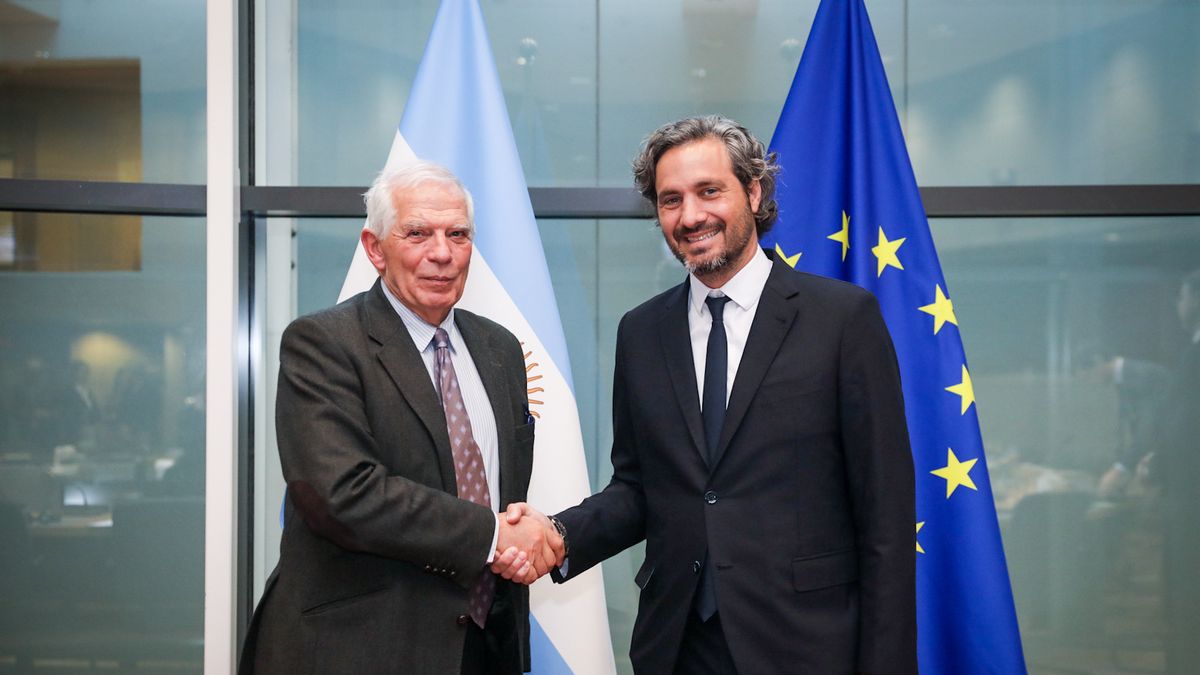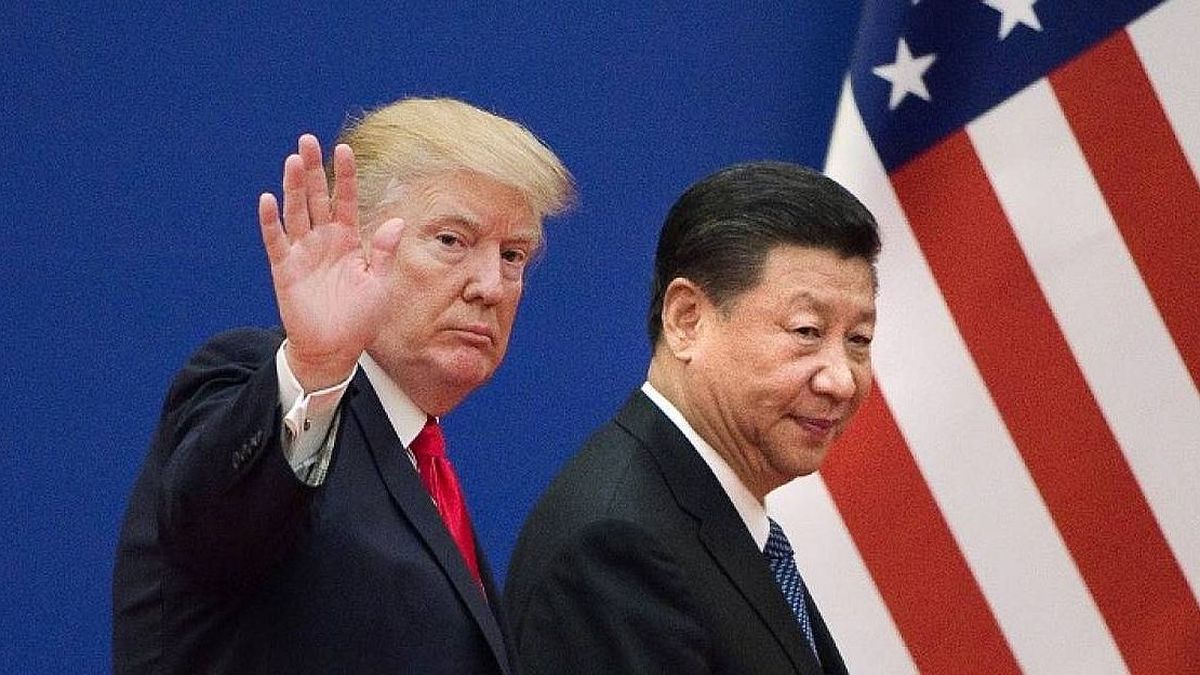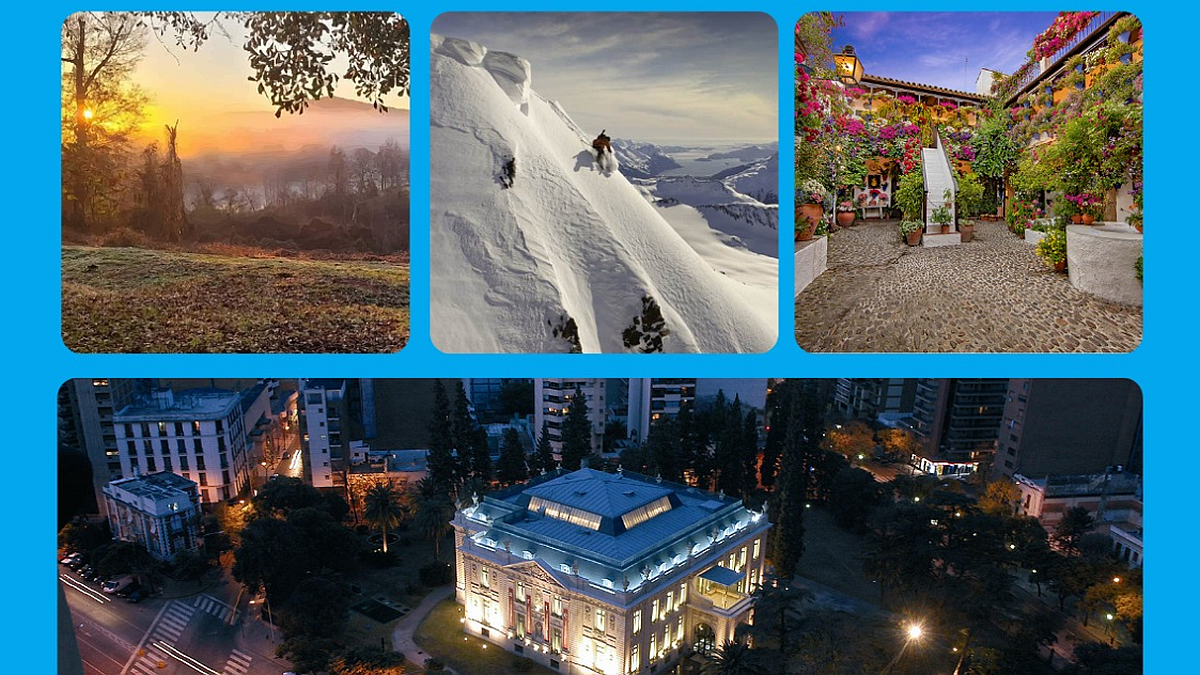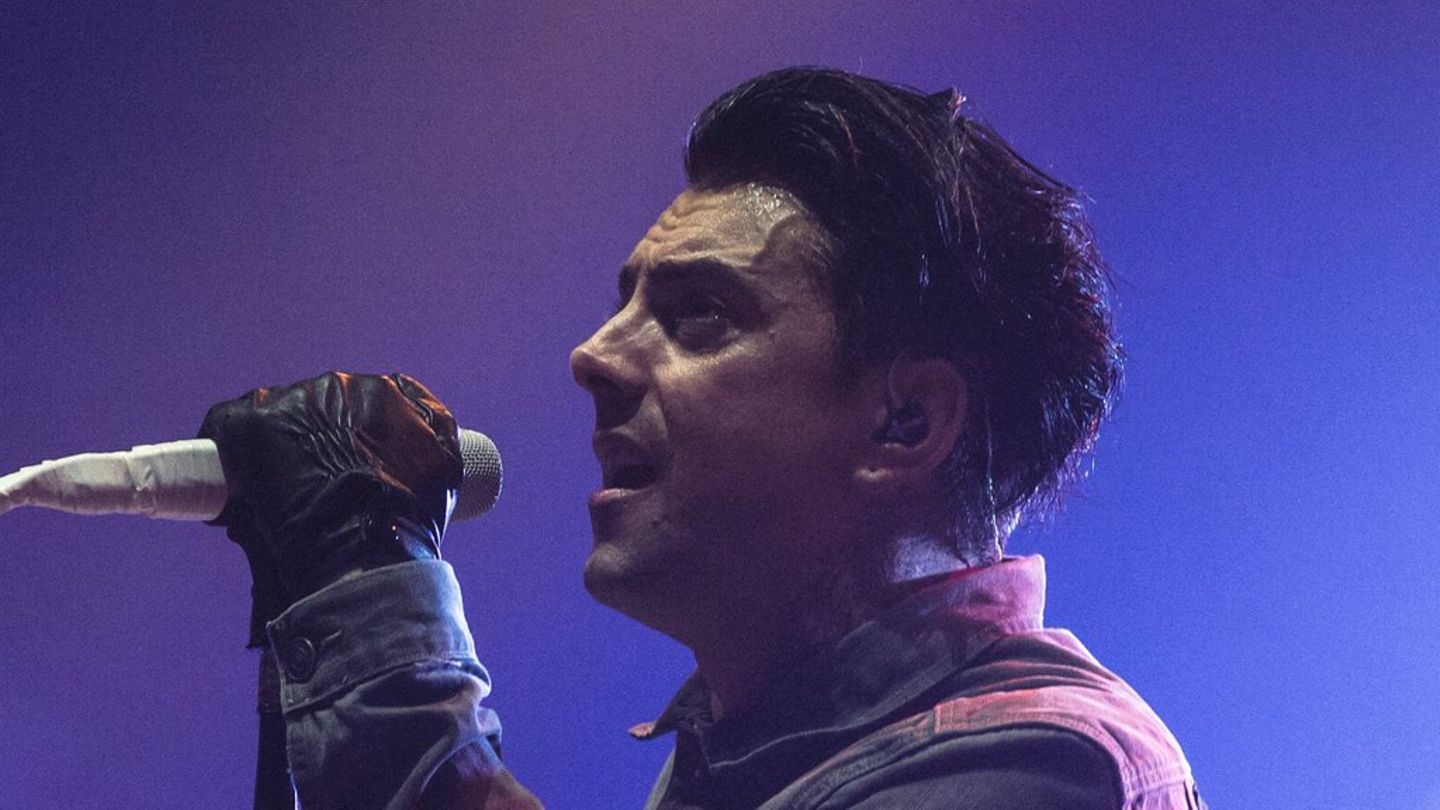After that publicity scene, where the ex-chancellor George Faurie he cried while he told the then Argentine president Mauricio Macri by phone that the trade agreement between the European Union and Mercosur was a fact, little or nothing was known about its implementation. It is that that episode of 2019 was one more act of the electoral campaign. In fact, despite the fact that the announcement was made, there are “unfinished business” for implementation.
“European Green Deal”
In the three and a half years that elapsed, the scenario changed. In 2020 the EU as a whole signed the “European Green Deal”. These are a series of initiatives that seek to make the block “climate neutral” by 2050 and that proposes a 50% reduction in greenhouse gas emissions compared to 1990 by 2030. This regulatory framework has a direct impact on the trade agreement.
As a concrete example of the harm caused by these measures, Mercosur cites the forthcoming entry into force of the Renewable Energy Directive (RED II), which proposes modifying the Indirect Land Use Change (ILUC) threshold. In the Argentine case, it would hit soy biodiesel, among others, which in 2022 represented sales of more than US$1.8 billion, 20% of the total exported to the Old Continent.
This Wednesday, Cafiero held meetings in Brussels with the Vice President and High Representative for Foreign and Defense Policy, Josep Borrell and with Valdis Dombrovskis, Executive Vice President and Trade Commissioner of the European Union, among others. Prominent diplomatic sources confirmed to Ámbito that The Argentine official brought up a series of concrete proposals to “revise” the agreement between the European Union and Mercosur.
Points to review
Among the outstanding points that Mercosur proposes to review is the so-called “development cooperation instrument”. This is a commitment assumed by the European bloc that implies financing to adapt to the productive sectors, but which still does not have an application framework. What is sought is to shorten the existing asymmetries and the new limitations that the Green Deal entails.
Another central point is linked to the government purchases. Specifically, it is about safeguarding policies such as the “Buy Argentine”, that is, the prioritization of national industries in state investments, taking into account that this is a fundamental tool for the productive sectors of developing economies.
The third axis that was addressed is the preparation of a special chapter for the electromobility. A sector that Argentina and Brazil aim to develop together, as is currently the case with the automotive sector. as far as he could tell Ambitthe Mercosur proposal is to establish some “common parameters”.
As mentioned, much of the dialogue revolved around the impact that the Green Pact could potentially have on Mercosur exports. Therefore, in this proposal for a “revised agreement”, work is being done on alternatives to reduce the damage that it will have on Argentine, Brazilian, Uruguayan and Paraguayan producers.
new scenario
In the Government they consider that the return to power of Lula da Silva in Brazil it configures a new scenario to reconsider the association between the blocks. An official consulted by this means explained that after 20 years of negotiations “the governments of Macri and Bolsonaro granted all the points on which Mercosur placed conditions for two decades.”
At the same time, he explained that “the agreement was never implemented”, for which reason he considered that “There is room to negotiate some sensitive points for local production.” In dialogue with the EFE news agency, Santiago Cafiero maintained that the EU officials were “very receptive” and described the meetings as “constructive and sincere.”
Argentina is in charge of the pro tempore presidency of Mercosur until June, when it will transfer control to Brazil. According to the Argentine foreign minister, Spain, which will lead the EU Council in the next six months, wants to give a “big boost” to relations with Latin America. The issue is once again on the table and all the protagonists show interest in moving forward.
Source: Ambito




